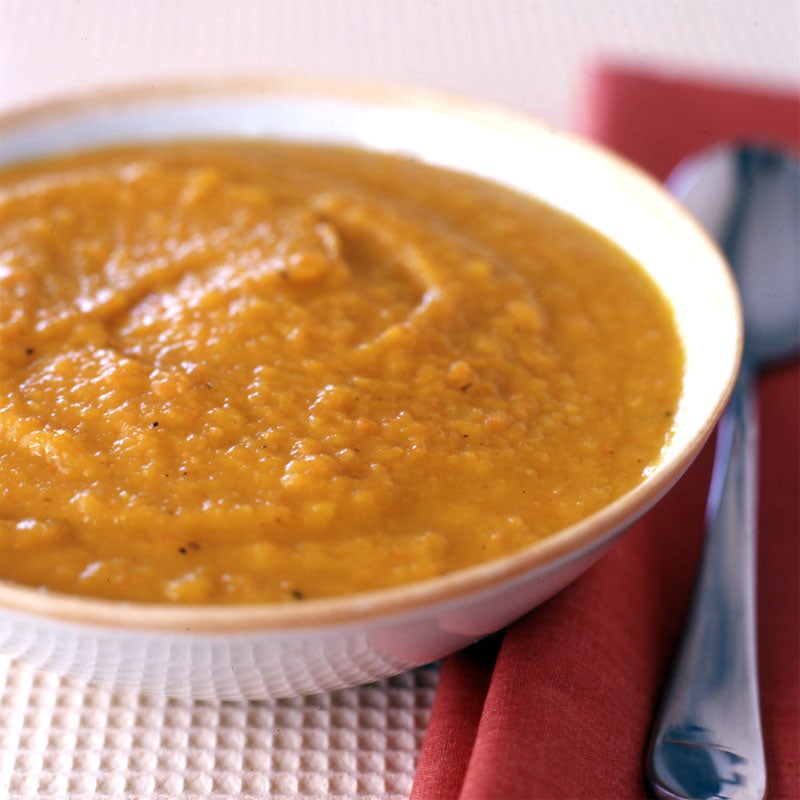32 Ways to Use October’s Best Produce
Here’s what to do with fall farmers’ market bounty.

You may think that all the sweet stuff comes to farmers’ markets in the summer, but the fall brings tons of sweet fruit and veggie options too—and no, we don’t just mean apples. Read on to learn how to buy and use the best October has to offer, including figs, butternut squash, and parsnips.
Figs
Fresh, ripe figs should be soft and yield slightly to the touch, but not be mushy. Look for figs with clean, dry skin. If you pick up a box of figs and notice a sour smell or fruit with broken skin, they’re probably old or overripe. Perfectly ripe figs have a short lifespan; store them in the fridge for about three days. Fresh figs are a good source of fiber, calcium, and potassium and are great in sweet-and-savory preparations.
Our Best Fig Recipes
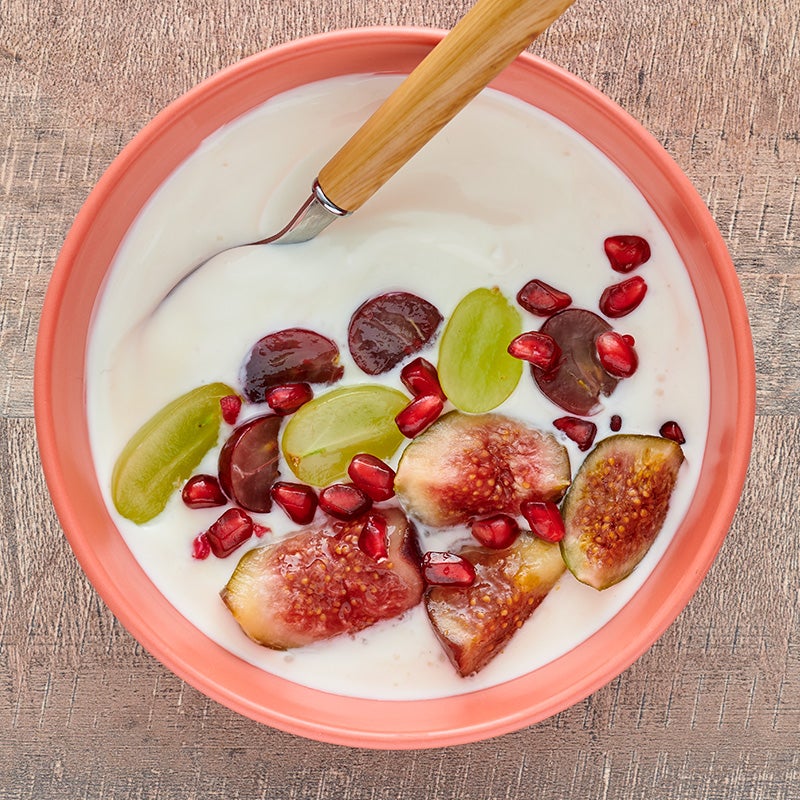

Fall fruit and yogurt breakfast bowls


Fig & Blue Cheese Crostini with Balsamic-Honey Drizzle


Radicchio, goat cheese & fig pita pizzas


Figs drizzled with warm citrus honey
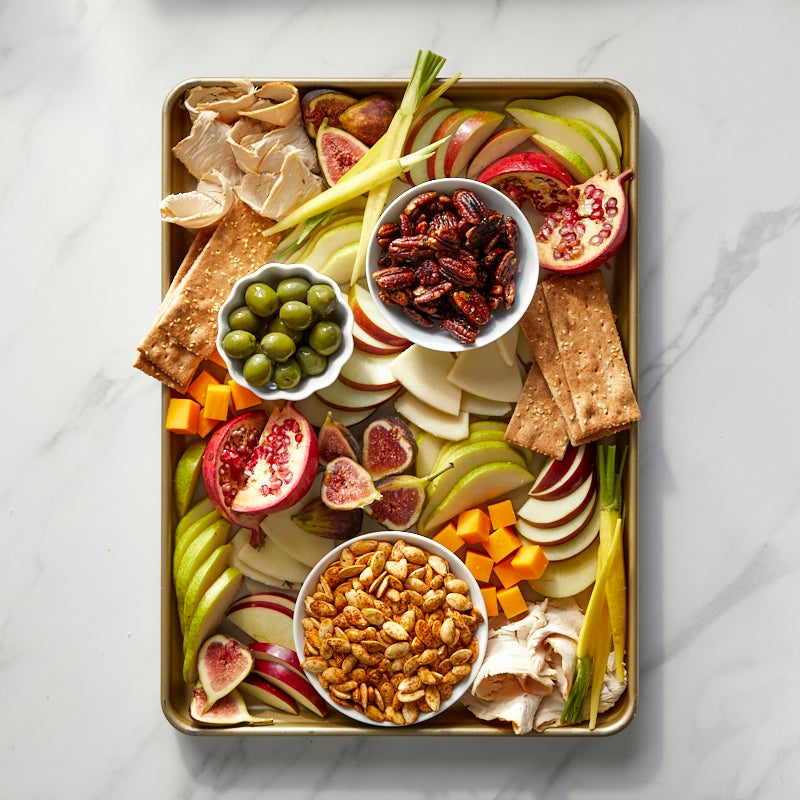

Autumn Snack Board


Sheet Pan Tzimmes Chicken


Grilled chicken sausage and onion salad with figs


Gorgonzola-Stuffed Figs
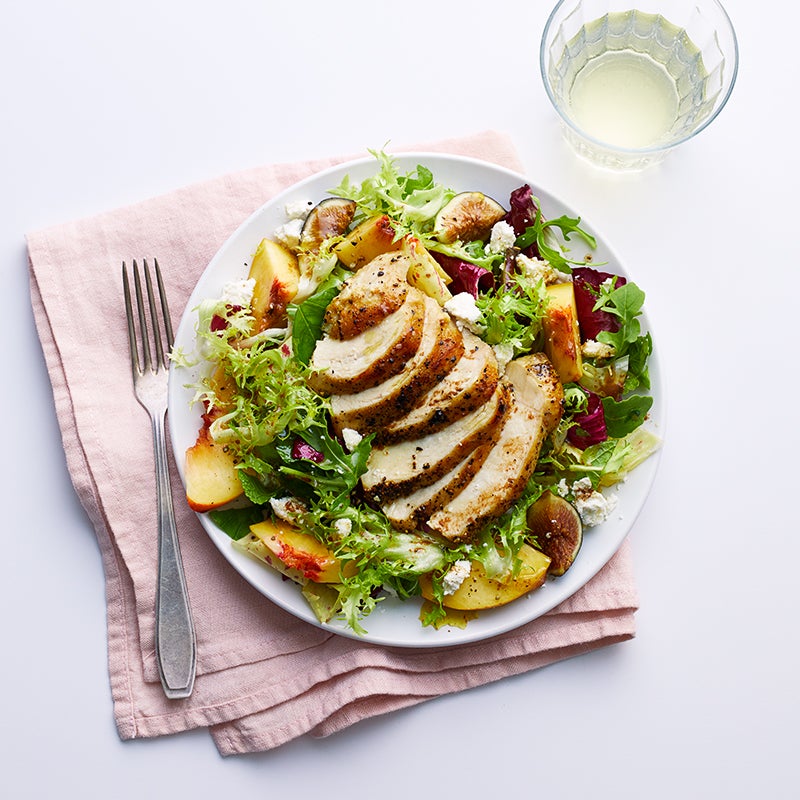

Chicken, Peach & Fig Salad with Ricotta Salata
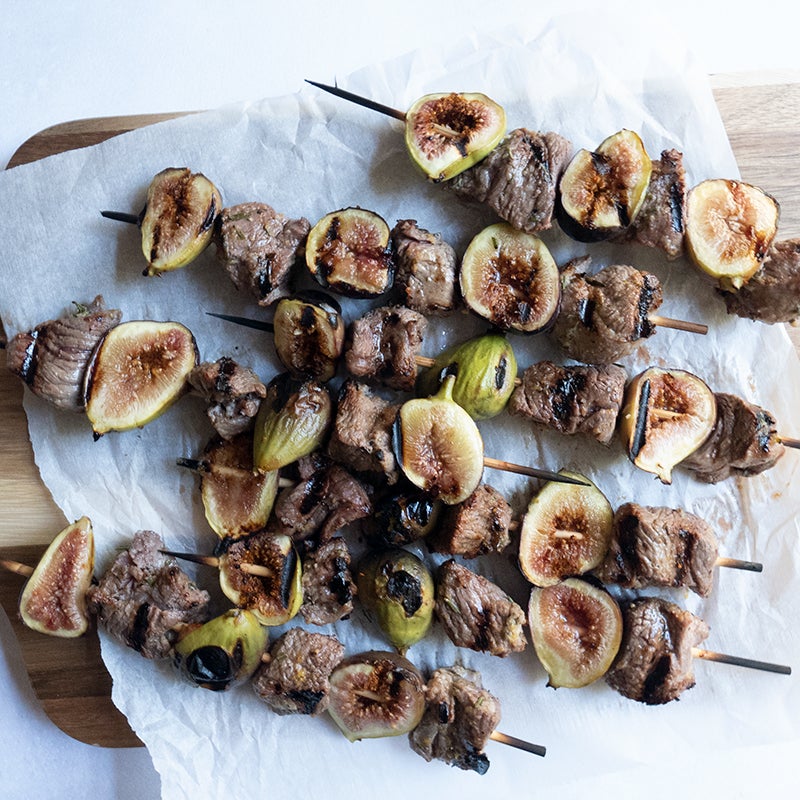

Lamb and Fig Kebabs


Fresh Figs with Yogurt, Honey & Nuts
Butternut Squash
If you’re purchasing a whole squash, look for one that’s hard with unblemished, smooth skin and a sturdy stem (avoid any with mushy spots or bruises). Whole squash can last for a few months when stored in a cool, dry place. If you’re looking to save time, buy a package of already peeled, cubed squash; just avoid any that looks slimy. If they’re not already, cut them into same-size cubes when you get home so they all cook at the same rate. Fresh cut squash should last about five days in the fridge. Butternut squash, like most winter squash, is an excellent source of vitamins A and C, potassium, and fiber.
Our Best Butternut Squash Recipes
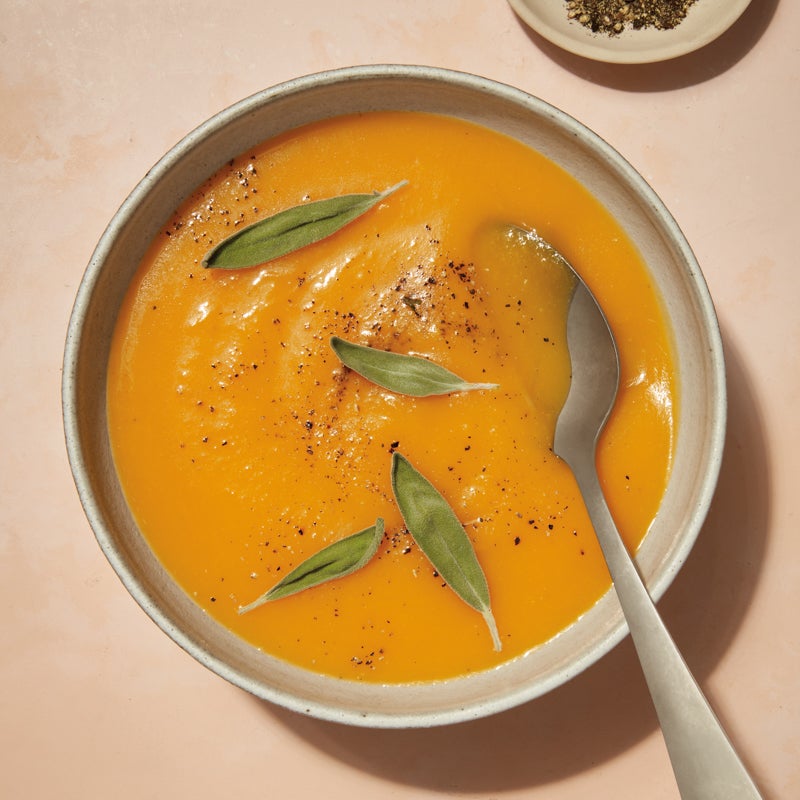

Butternut squash bisque


Curried French Lentil & Butternut Squash Stew


Butternut-beet soup with crispy prosciutto
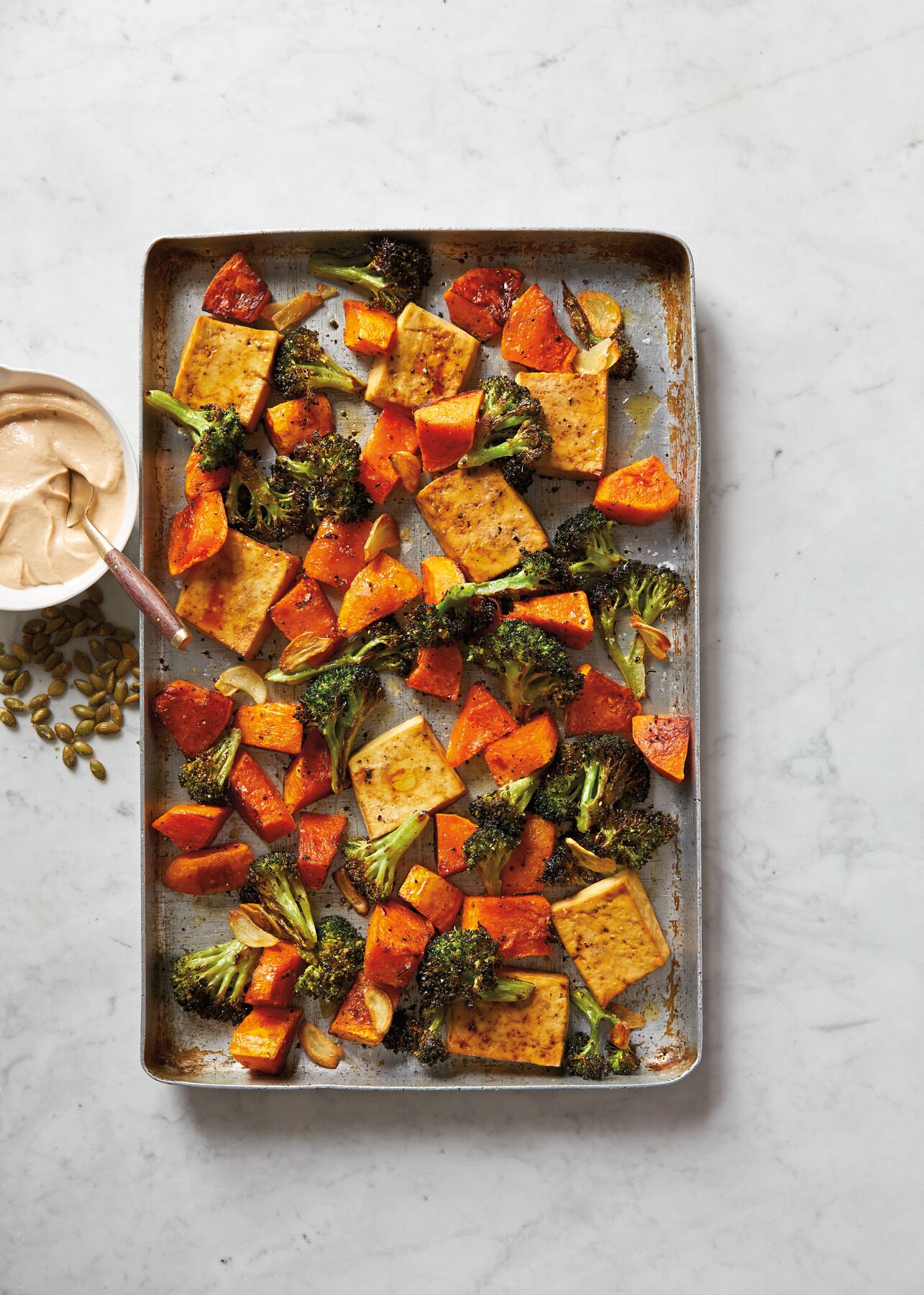

Tofu, Broccoli & Butternut Squash with Creamy Tahini Sauce


Tricolor Fettuccine Alfredo
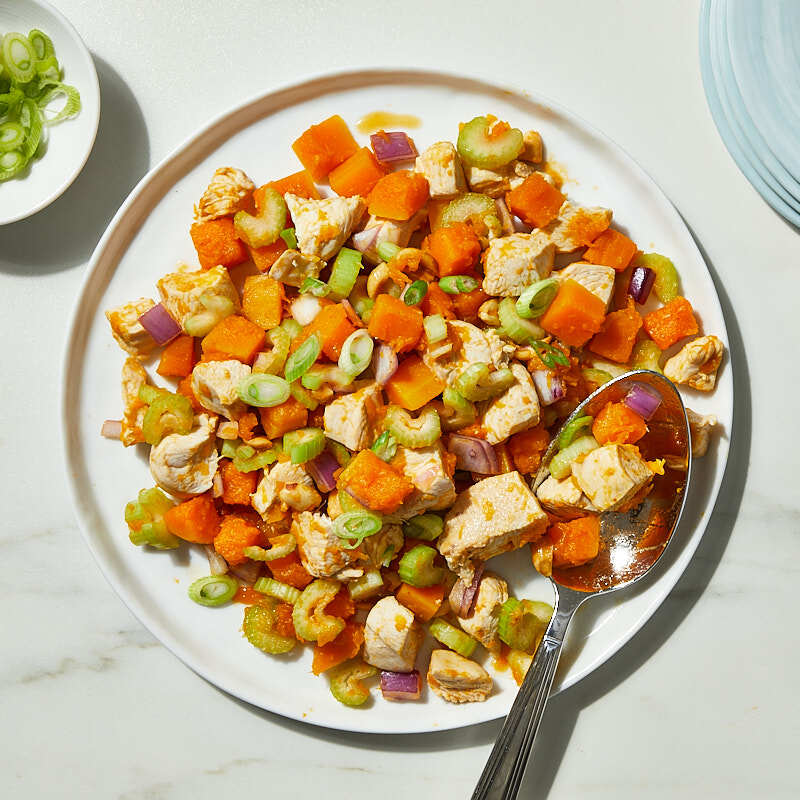

Warm Asian-inspired chicken and butternut squash salad


Butternut-Sage Pizza


Vegan mac and 'cheese'


Butternut squash & chickpea vegetable curry


Butternut hamburger buns
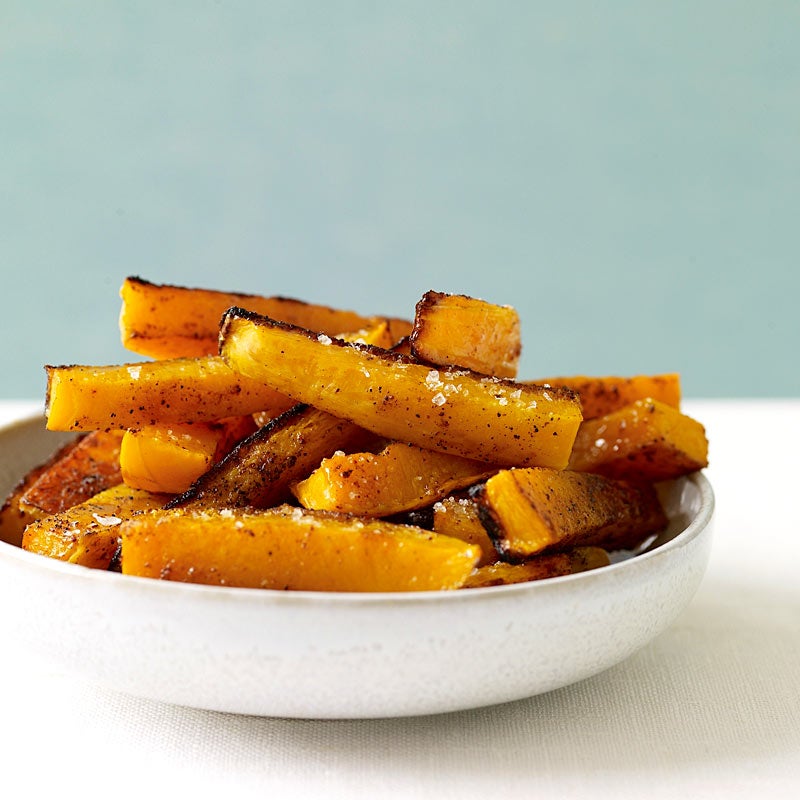

Butternut Squash Fries
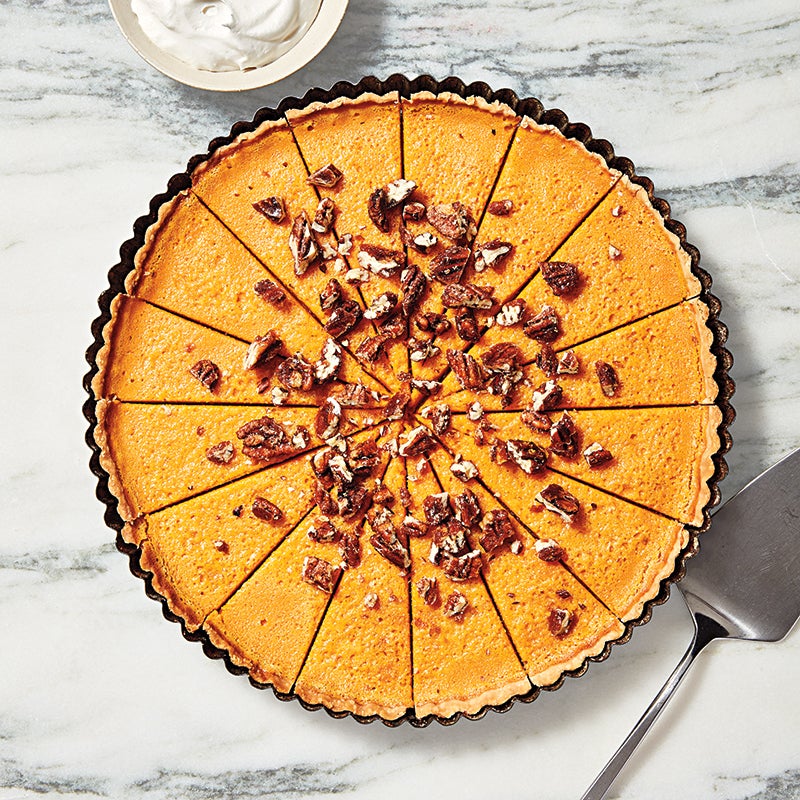

Butternut Squash Tart with Candied Pecans
Parsnips
These veggies that look like white carrots have a sweet, anise-like flavor and are as easy to prepare as other root vegetables. Look for parsnips that are firm with smooth, creamy-beige skin. For easier peeling and cutting, try to find ones that are all the same shape, without any odd bumps and twists. Refrigerate parsnips in your produce drawer, loosely wrapped in a paper towel in a plastic bag, for one to two weeks. Parsnips are rich in potassium, folic acid, and vitamin C.
Our Best Parsnip Recipes
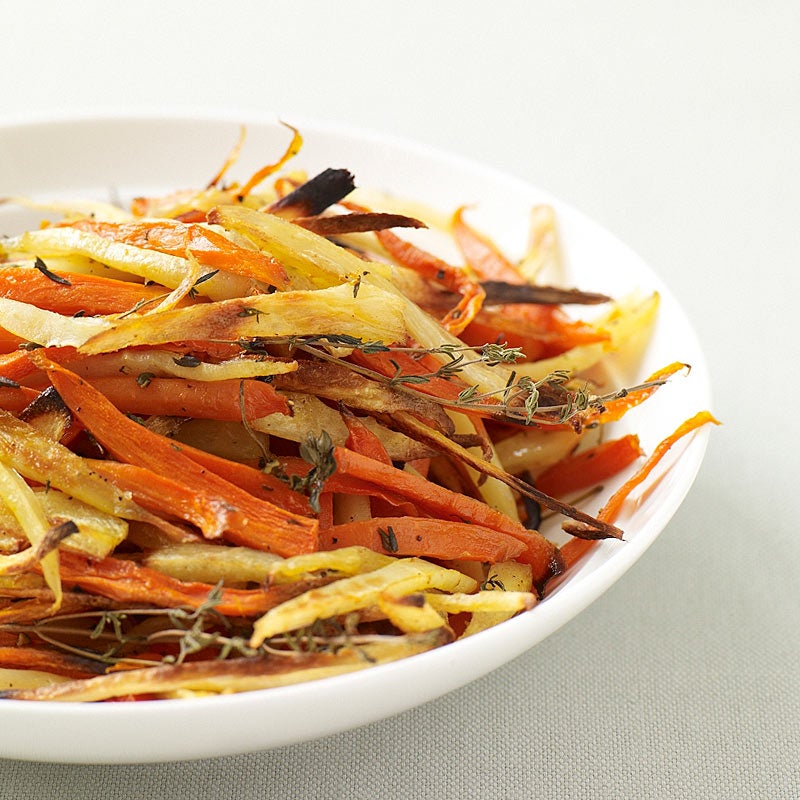

Roasted carrots and parsnips
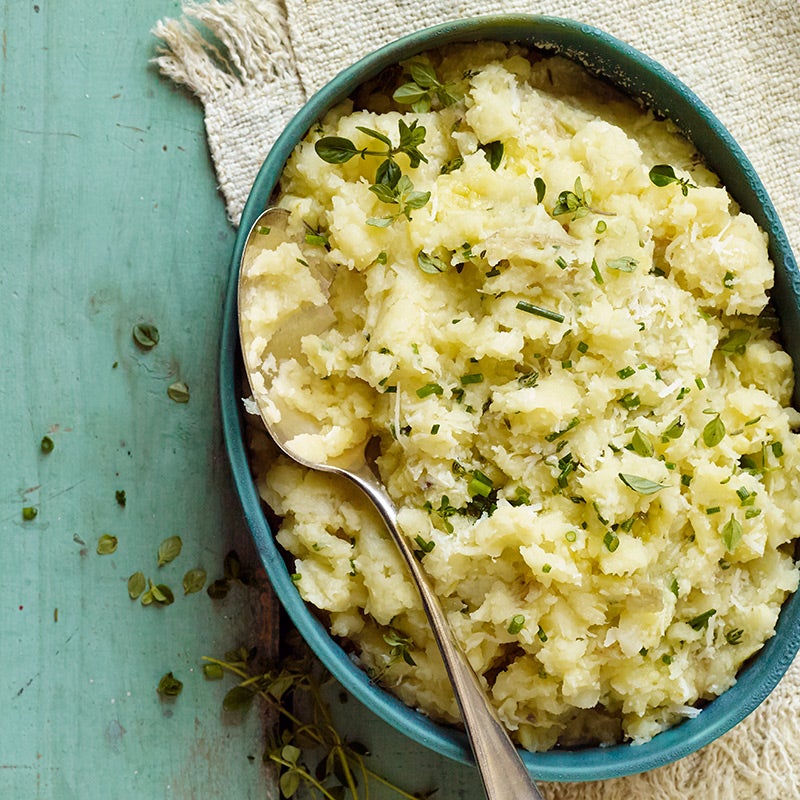

Parmesan-parsnip mashed potatoes
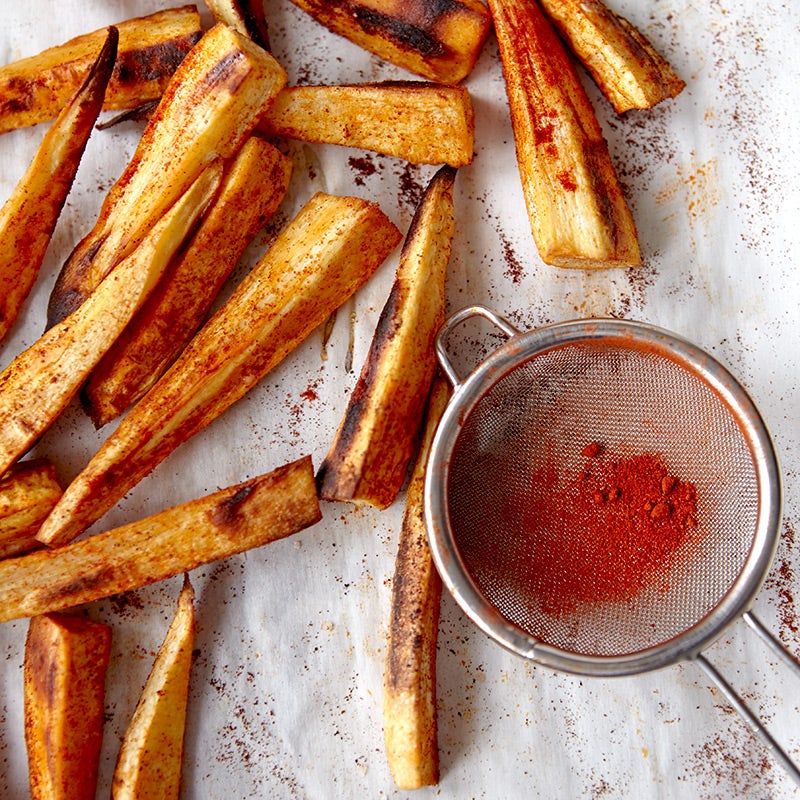

Smoky parsnip fries
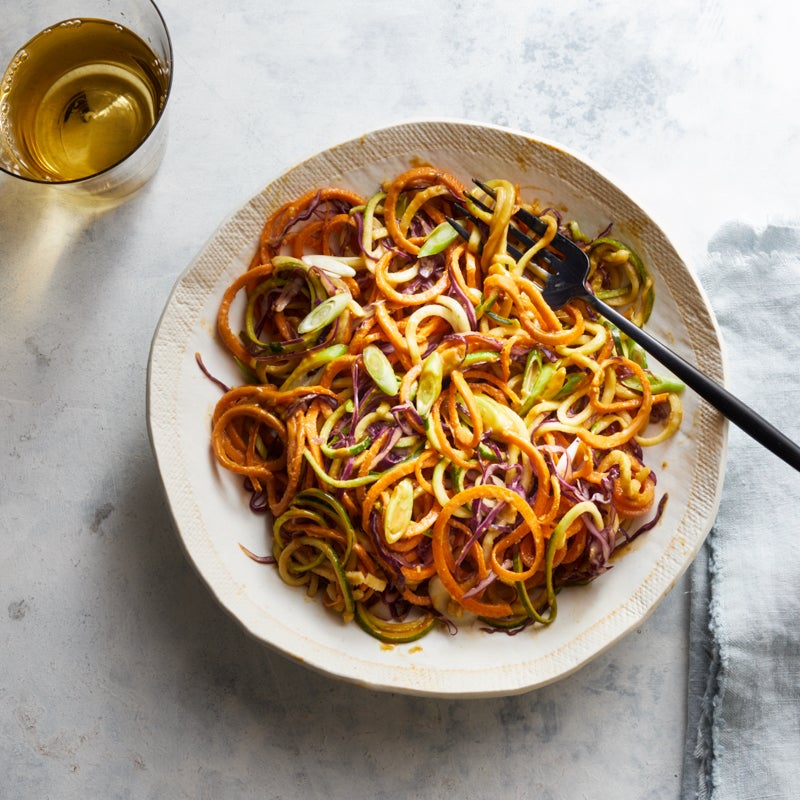

Peanut Butter Veggie Noodles
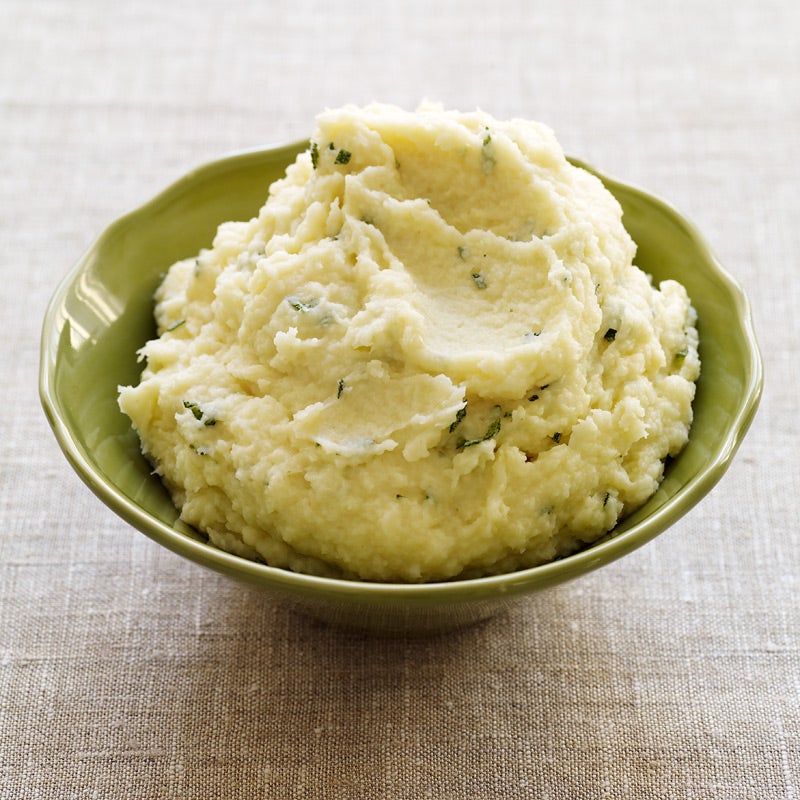

Sage and Garlic-Infused Parsnip Puree
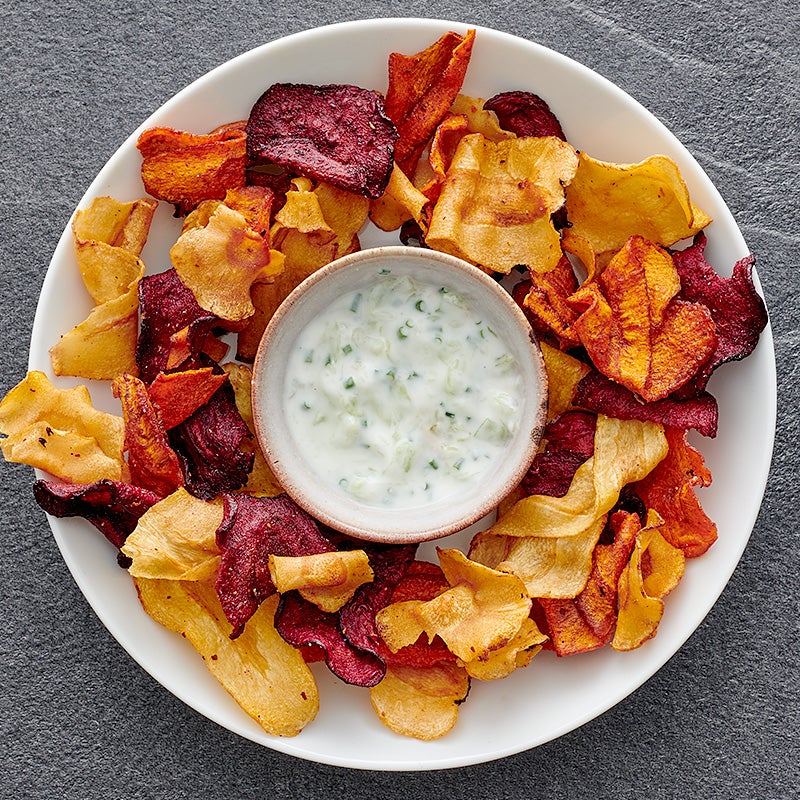

Root vegetable chips
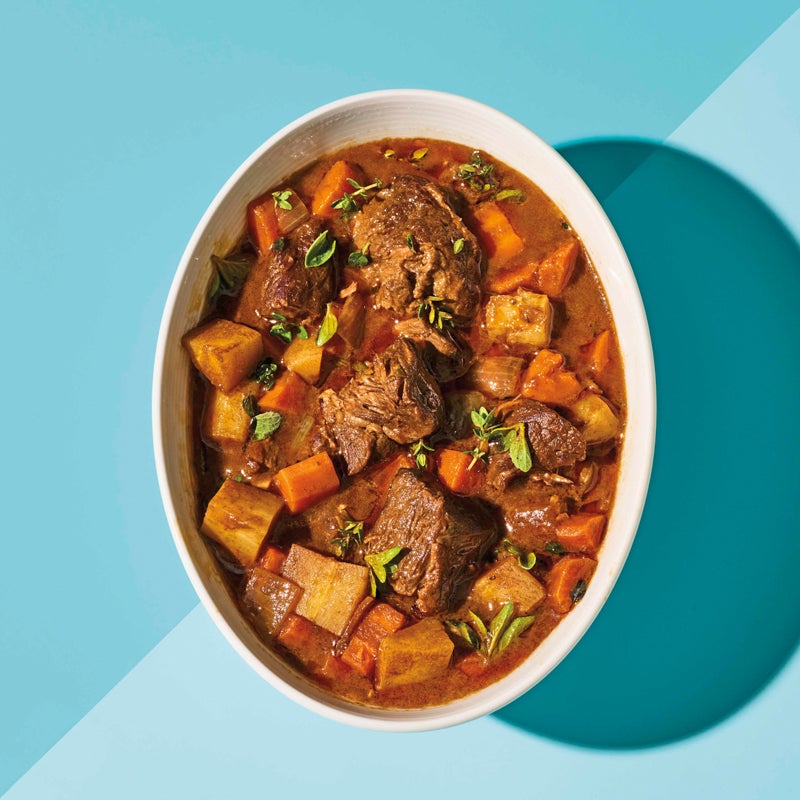

Slow-cooker chocolate beef stew
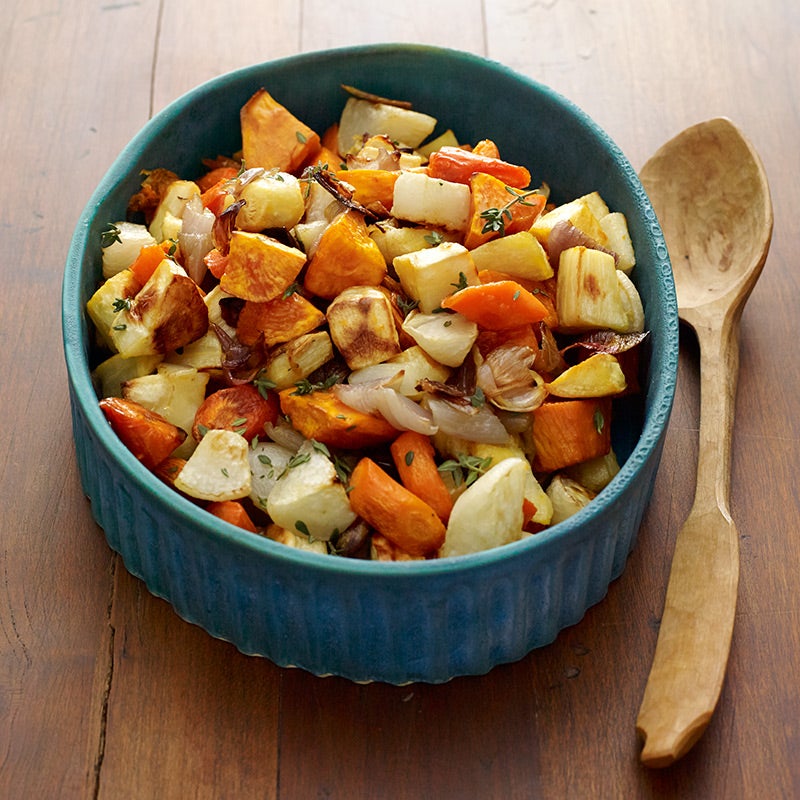

Honey and thyme-glazed roasted root vegetables
